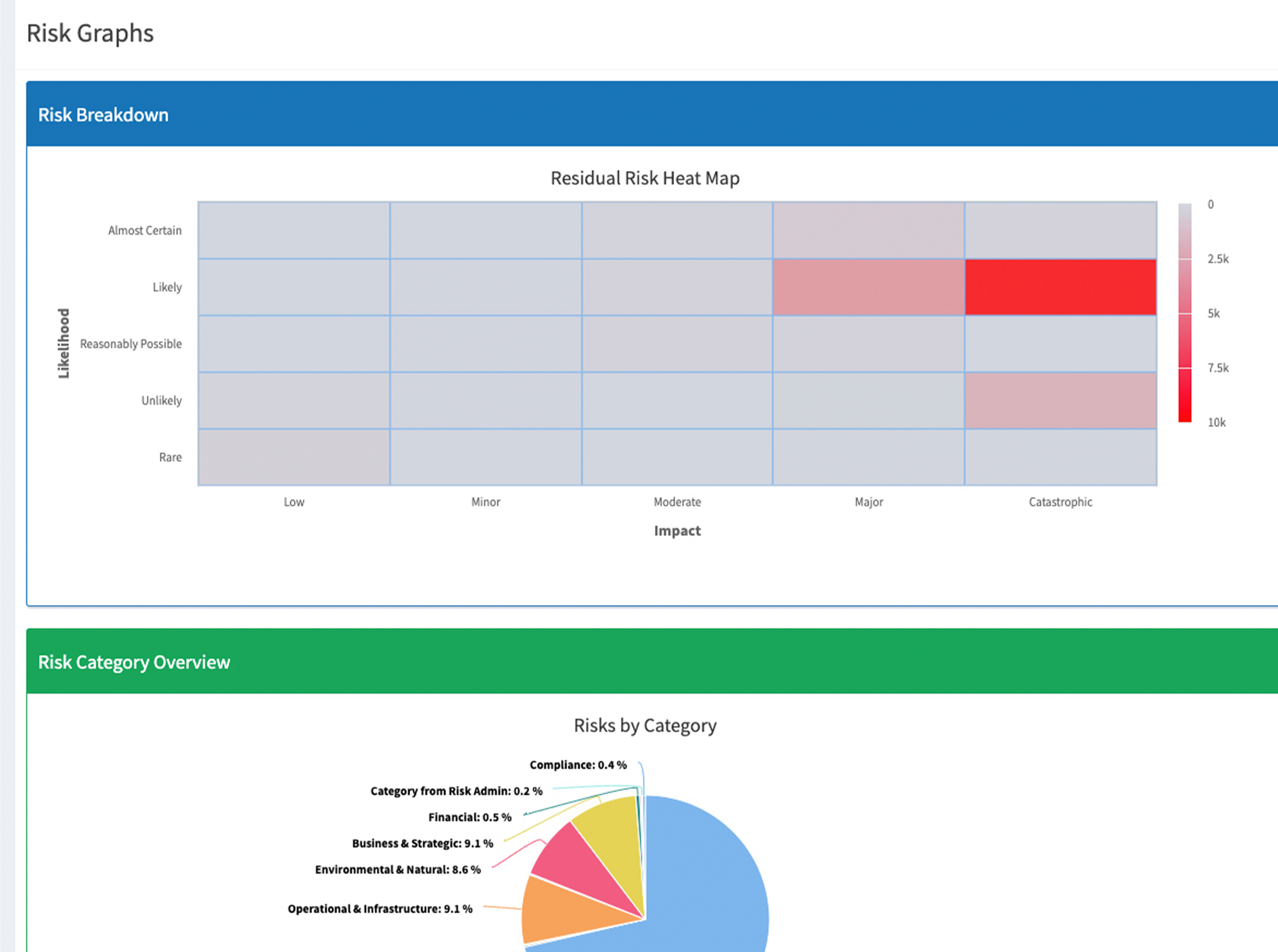Risk Insights: Resources and Approaches for Accomplishment
In the current dynamic setting, organizations are regularly faced with the task of navigating ambiguities that can impact their prosperity. Understanding and handling these risks is essential for maintaining a market edge. Risk insights play a key role in this process, offering important information that enables executives to spot potential threats and opportunities. By utilizing effective tools and techniques, businesses can convert raw data into actionable insights, paving the way for more informed risk monitoring and management strategies.
The path towards effective risk insights involves understanding not just what risks exist, but also how to prepare for and address them. With the appropriate methodologies in place, organizations can boost their capacity to monitor risks in real time, allowing for swift interventions and strategic modifications. In this article, we will explore various resources and techniques that empower organizations to gain greater insight into their risk environment, ultimately leading to greater resilience and success.
Grasping Risk Analysis
Risk insights is vital for detecting, assessing, and managing the risks that companies confront in their functions. By leveraging multiple tools and techniques, companies can gain a more accurate picture of potential risks and their impact on objectives. Comprehending threat analysis involves not only identifying the risks themselves the factors that contribute to their likelihood and outcomes. This detailed understanding empowers organizations to make educated decisions and create efficient strategies for reduction.
A critical aspect of risk insights is regular threat monitoring. This method enables organizations to monitor identified risks over time and identify new risks as they arise. Monitoring includes collecting and analyzing data from multiple sources to ensure swift identification of developments in the risk landscape. Establishing effective monitoring frameworks can help organizations adjust to evolving risks, reducing disruptions and boosting robustness.
Furthermore, threat analysis empower organizations to allocate their resources efficiently. By identifying risks that pose the greatest threat to their objectives, organizations can assign their scarce resources where they are most effective. This tactical approach not only improves threat management efficiency but also enhances overall performance, allowing organizations to capitalize on opportunities while safeguarding against potential setbacks.
Efficacious Hazard Surveillance Strategies
Effective risk surveillance is crucial for organizations striving to recognize and mitigate likely risks in advance. One key technique is the implementation of instantaneous data analytics. By leveraging advanced analytics tools, companies can constantly track risk indicators and assess the potential impact of different factors. This allows for immediate recognition of irregularities and new threats, enabling quicker response times and educated decision-making.
Another crucial technique is establishing a strong risk assessment framework. This includes periodically evaluating and updating risk assessments to reflect alterations in the entity's environment or operations. By bringing in cross-functional teams in risk dialogues, companies can gain varied viewpoints on potential risks and guarantee that observation processes are thorough. This cooperative approach fosters a environment of risk awareness throughout the entity.
Furthermore, combining risk monitoring with performance metrics can enhance effectiveness. By matching risk indicators with key performance indicators, entities can more effectively grasp how risks impact overall business performance. This approach not only offers awareness into potential challenges but also highlights opportunities for growth, ensuring that risk management efforts add to the entity's success.
Tools for Effective Risk Management
Effective risk management depends on a multitude of instruments that assist organizations recognize, evaluate, and oversee potential risks. One of the key instruments is risk management software, which provides a cohesive platform for monitoring and analyzing risks. These solutions allow teams to input risk data, review trends, and generate reports that guide decision-making processes. By streamlining risk assessments and tracking activities, organizations can lower the likelihood of neglecting critical risks and enhance their overall risk visibility.

In furthermore to software, risk monitoring frameworks have a vital role in effective risk management. These frameworks provide protocols and best practices for orderly analyzing and reacting to risks. A comprehensive framework features a clear risk appetite statement, regular risk assessments, and persistent monitoring mechanisms. By adopting a systematic approach, organizations can guarantee that they remain vigilant against emerging threats and preserve their ability to modify as circumstances change.
In conclusion, education and awareness resources are important for fostering a risk-aware culture within an organization. Providing employees with access to materials that enlighten them about risk insights and their importance can greatly contribute to efficient risk management. Interactive workshops, online courses, and information-sharing sessions can encourage staff to spot potential risks in their daily activities, promoting preventative behavior and enabling everyone to participate in minimizing risk exposure.